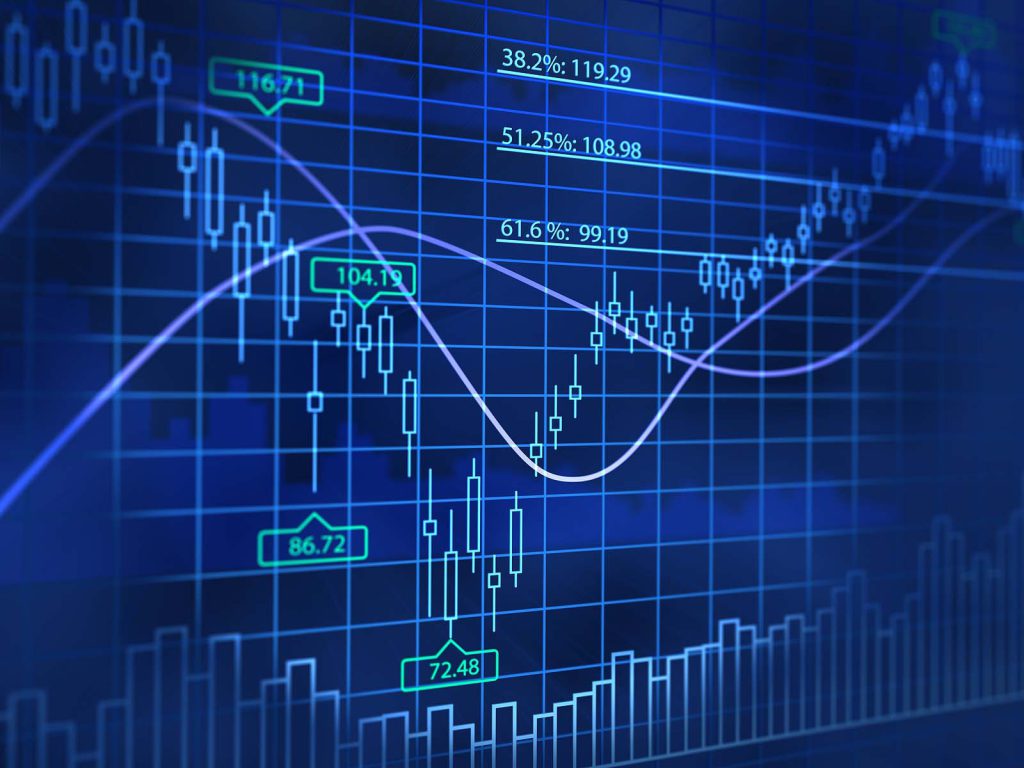How to Use Professional Traders’ Strategies in Your Own Trades
Achieving consistent success in financial markets like forex is no easy task. Professional traders have honed their skills over years of experience, learning through trial and error to develop strategies that help them maintain profitability. For beginner and intermediate traders, learning from and applying these strategies can provide a shortcut to success. In this article from Toofan Trading Education, we explore several common strategies used by professional traders and how you can implement them in your own trades.
1. Smart Risk Management
One of the key aspects professional traders emphasize is effective risk management. This involves using methods to control potential losses and protect your capital. Even skilled traders don’t make a profit on every trade, but with proper risk management, they can limit losses and overall maintain profitability.
Approaches:
- Risk/Reward Ratio: Professional traders often use a risk/reward ratio of 1:2 or higher. This means if they risk $100 in a trade, their goal is to make at least $200 in return.
- Stop-Loss Orders: Stop-loss orders are an essential tool in risk management. They help you exit a trade automatically when the price reaches a specific level, preventing further losses.
- Position Sizing: Professional traders never put all their capital into a single trade. Instead, they use a small percentage of their capital in each trade, typically 1-2%.
Learn More: Trading Psychology in Forex How to Control Your Emotions
2. Following Market Trends
Another important strategy used by many professional traders is trend following. This strategy involves identifying and following the market’s direction. Professional traders try to enter strong trends and profit from major market moves.
Approaches:
- Identifying Trends with Moving Averages: A simple and effective tool for identifying trends is using moving averages. For example, when the price is above the moving average, the trend is upward, and when it is below, the trend is downward.
- Swing Trading in Volatile Markets: Professional traders also look for opportunities in volatile markets. In these cases, they use tools like the Relative Strength Index (RSI) and Stochastic indicators to identify reversal points.

3. Using Multi-Timeframe Analysis
3. Using Multi-Timeframe Analysis
Approaches:
- Examine Different Timeframes: Professional traders usually start by looking at longer timeframes, such as daily or weekly charts, to identify the overall market trend. Then, they switch to shorter timeframes, like the 1-hour or 15-minute charts, to find precise entry and exit points.
- Cross-Timeframe Signals: One mistake that beginners often make is focusing only on a single timeframe. Professionals use multi-timeframe analysis to ensure alignment across timeframes and confirm their trading decisions.
4. Combining Fundamental and Technical Analysis
Professional traders combine both technical and fundamental analysis when making their decisions. Technical analysis focuses on studying price charts and movement patterns, while fundamental analysis looks at economic, political, and social factors that may impact the market.
Approaches:
- Technical Analysis for Precision: Professionals use technical analysis to identify specific entry and exit points. Price patterns, support and resistance levels, and indicators like MACD and RSI are critical tools in this area.
- Fundamental Analysis for Long-Term Trends: Economic factors like interest rates, inflation, and employment data often dictate long-term market trends. Professional traders monitor these data points and adjust their decisions accordingly.
5. Using Market Psychology
Market psychology is a crucial aspect of trading success that professional traders pay close attention to. Emotions like fear, greed, and anxiety can affect trading decisions. Professional traders understand how to control these emotions and make decisions based on logical analysis.
Read more: The Importance of Learning Forex Trading Strategies
Approaches:
- Controlling Emotions: Professional traders control their emotions by creating and sticking to a trading plan. Instead of making impulsive decisions based on short-term market fluctuations, they stay committed to their long-term strategies.
- Self-Discipline: Professionals recognize that the market always provides opportunities for profitability. They avoid making rushed decisions and wait patiently for the right time to enter a trade.
6. Leveraging Technology and Advanced Trading Platforms
Professional traders take advantage of advanced technology to optimize their trading processes. Modern trading platforms offer a variety of tools and features that allow traders to analyze data quickly and manage their trades efficiently.
Approaches:
- Using Technical Analysis Software: Platforms like MetaTrader and TradingView allow traders to analyze price charts using advanced tools and optimize their strategies.
- Automated Trading Robots: Some professional traders use trading bots to automatically execute their strategies. These bots are programmed based on specific algorithms and can help traders make decisions without the influence of emotions.
7. Testing Strategies Before Execution
Professional traders always test their strategies before implementing them in real markets. This process, known as backtesting, involves running the strategy on historical market data to see how effective it would have been.
Approaches:
- Backtest Strategies: Using trading software, you can backtest your strategies on past market data and analyze the results. This helps ensure that your strategy is effective before risking real money.
- Use Demo Accounts: Many trading platforms allow users to test their strategies in demo accounts without risking real capital.
Conclusion
Using the strategies of professional traders can help you achieve greater success in the forex market. By following risk management principles, analyzing trends, leveraging market psychology, and utilizing advanced technology, you can gradually develop the skills and experience needed to become a successful trader.
